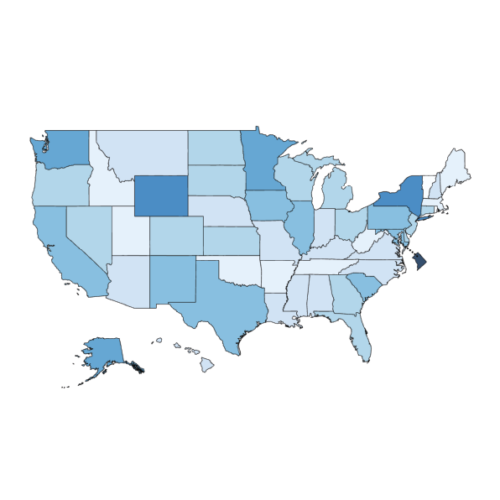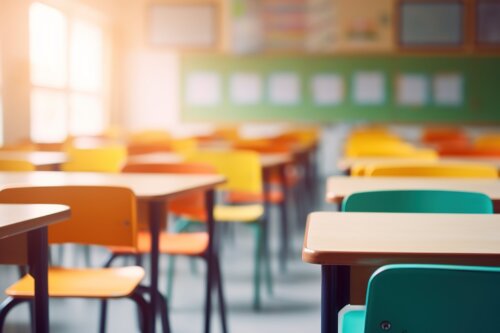Prioritization of 31 Criteria for School Building Adequacy
Glen Earthman ,
This report outlines 31 criteria for evaluating school building adequacy. The researcher examines school facilities in Maryland to identify and prioritize elements that impact student learning and safety. Decades of research confirm that school facility conditions significantly affect student achievement. Students in poorly maintained buildings—with inadequate heating, cooling, lighting, ventilation, and outdated equipment—consistently perform worse than their peers in functional facilities, with score differences ranging from 5 to 17 percentile points. Older school buildings, often concentrated in low-income areas, typically lack essential infrastructure, such as thermal comfort and air quality controls, which compounds educational disadvantages and signals neglect to already underserved students. Given this evidence, Maryland should prioritize facility criteria that most impact academic performance and student safety. Safety-related issues—including access to potable water, fire safety, functional lavatories, security systems, and emergency communications—must be addressed first. These elements form the baseline of a safe, supportive learning environment, which is a prerequisite for academic success. Simultaneously, investments should focus on facility elements proven to influence achievement: thermal comfort (via effective HVAC systems), indoor air quality, lighting, acoustics, the quality of science labs, and overcrowding. Poor indoor climates and air quality increase illness and absenteeism; inadequate lighting and acoustics hinder focus and comprehension; outdated science facilities and overcrowded classrooms limit engagement and reduce learning outcomes. Addressing these issues will not only improve academic performance but also promote equity, ensuring all students—regardless of neighborhood—learn in safe, healthy, and supportive environments.
Topics
Format(s)
- Website



